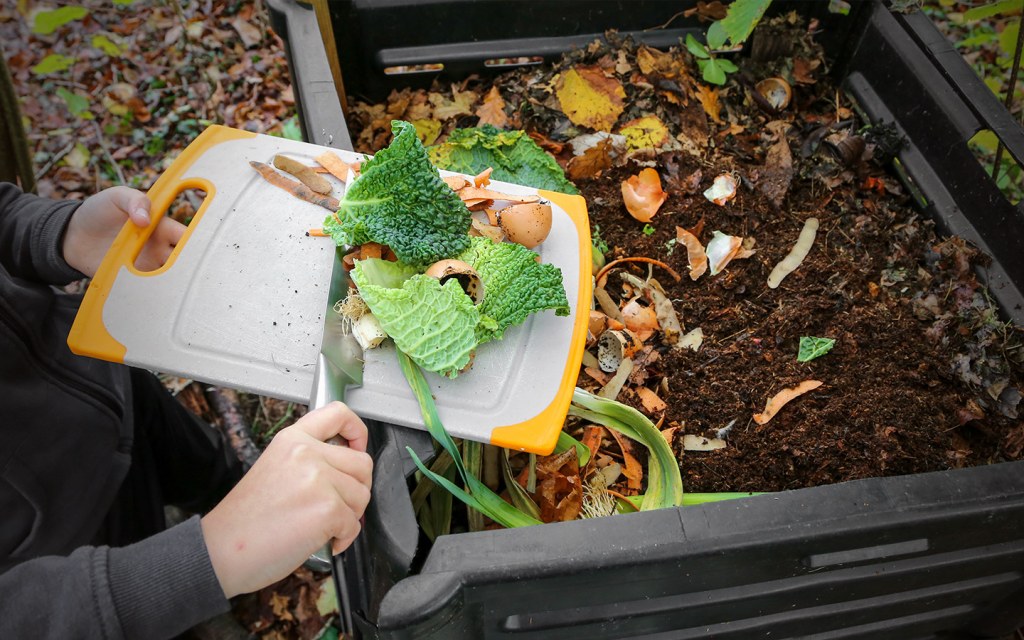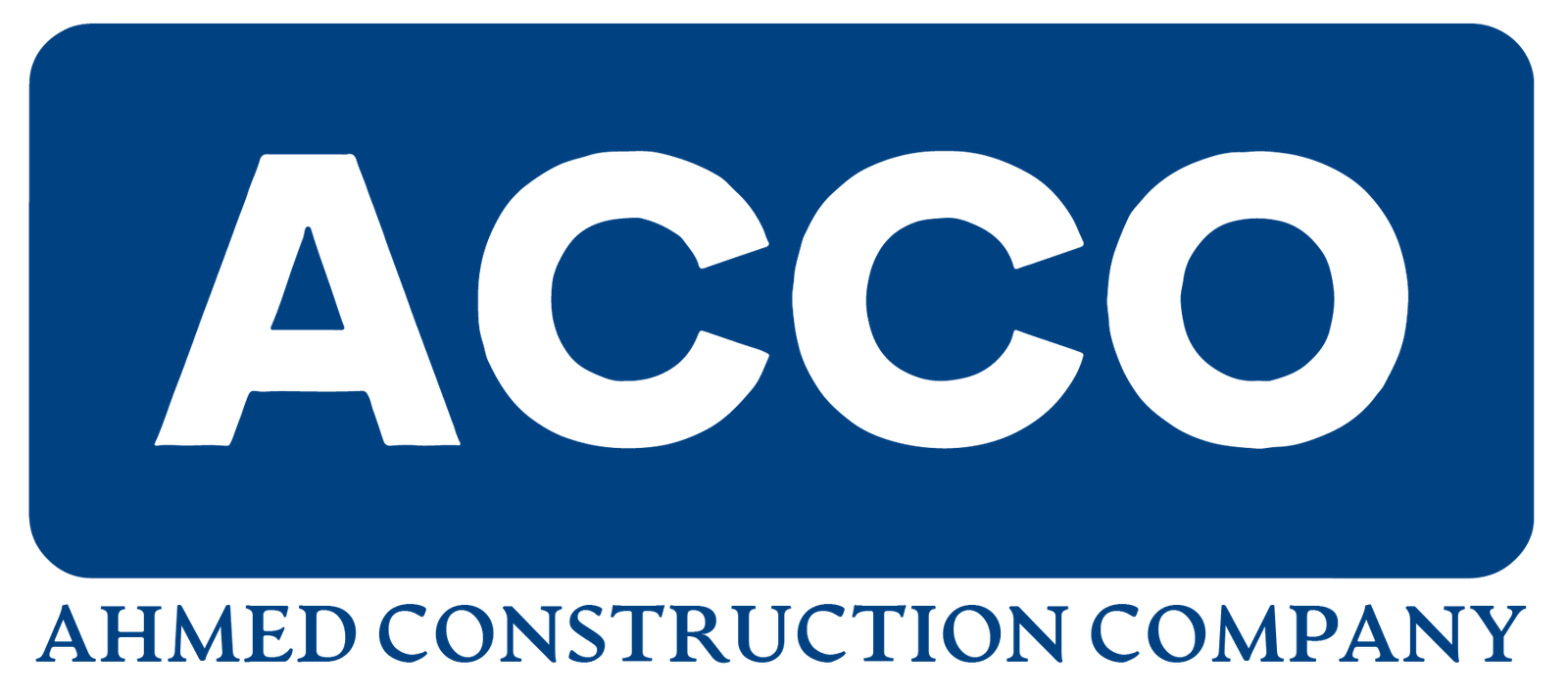Practising Zero-Waste Lifestyle – Small Steps That Will Take You Far
Using reusable items
Donating what you don’t need
Composting instead of trashing
Using separate bins
Searching for DIYs before trashing
Recycling is the process that has been known to mankind since the earliest of times and no person can be associated with inventing this process. The modern world, including individuals and organizations, is more focused on practising a sustainable lifestyle in order to save the environment and minimize the rate at which we are consuming natural resources. Zero waste is a similar concept in which the goal is to promote a lifestyle in which instead of throwing away materials and items that seem like they are of no more use, you find another use for them. If something does not serve any purpose to you anymore, it may be used by someone else. Here in this blog, we have enlisted a few things that will help you begin with practising a zero-waste lifestyle on the right foot.
Living A Zero Waste Lifestyle
Learning to live a zero-waste lifestyle is a slow and gradual process because you can’t just flick a switch and cut down on everything. You have to learn which products can be used as the best alternatives and that takes time. The goal is to learn how you can eliminate things from your life that may add to the landfills and water pollution.
Setting your goal and intention is the first step but continuing on the path and keep practising it to make it your lifestyle is a long process and requires a lot of dedication towards the cause. We all want our planet to be a better place for us to live and for our future generations. It doesn’t have to be expensive and instead of throwing away all your items, it’s better to reuse them because that is also part of the journey and that’s how there will be less landfill waste.
So, if you are motivated to live a zero-waste life, here are a few steps to begin.
- Use reusable items
- Donate what you don’t need
- Composting instead of trashing
- Use separate bins
- Search for DIYs before trashing
Using Reusable Items
There are more than a few items that we think are of no use to us but they may still have some use left in them. For instance, plastic and glass soda bottles have a lot of use like reusing them as water bottles or homemade cleaner bottles, etc. Similarly, glass and metal objects can easily be recycled but before putting them in recycling, how about cutting down on your storing expenses and using them to store grains, sugar, salt and spices?
Plastic, in some forms, can be reused but often it will be thrown away in the trash and takes a long time to decompose. However, if replaced by other alternatives, you will not only be a step closer to attaining a zero-waste lifestyle but also playing your part in sending less to the landfill.
While we are travelling, we buy food along with plastic cutlery, paper plates and plastic cups. Instead of buying these things that will either be disposed of in the open or end up in some landfill, you can keep your cutlery wrapped in a napkin. You can also bring your own bottle from home which you can use to keep water and refill every time you need to instead of buying another one and throwing away the old one.
Donate What You Don’t Need
To make the world a better place and give the unfortunate a chance to have at least the basic necessities of life, donating your old stuff is better than throwing it away. If you throw away your old clothes, bedsheets and pillows, they may end up at the bottom of the ocean or perhaps dumped in a landfill site. On the other hand, if you donate all that stuff, someone in need will get to use it.
You can donate almost everything including your clothes, bedsheets, pillows, blankets and even cutlery items that are too old for you to use. If something is not even worth donating due to its condition but can be recycled for any other purpose, put that in a recycling bin and let the designated bodies take care of it.
Composting Instead Of Trashing

Composting is a process in which organic solid waste materials are decomposed to be used as a fertilizer to improve soil and its nutrients. The materials that can be used for composting have to be organic and include things like tea leaves, grass clippings, fruit waste, vegetable waste and peelings. These organic ingredients decompose fast and provide the soil with nitrogen and moisture.
There are other items too that are hard to decompose like rotten leaves and scrunched paper but provide the soil with necessary nutrients. However, there is a long list of items that should not be a part of the composting mixture such as meat, milk, baked goods, citric fruits and greasy food items which can do harm to the mixture.
It may be difficult for you in the beginning to separate these ingredients but once you get used to it, it will not be a hassle. You can use separate containers to separate composting ingredients from the trash.
Using Separate Bins

It is almost impossible to keep away from plastic especially in metropolises where goods are packed and delivered in plastic packings. Waste management companies also separate recyclable waste material from disposable waste. It is often suggested by waste collectors to make individual bags to distinguish disposable waste from recyclable waste and often by using waste bags of different colours.
Search For DIYs Before Trashing
There are a lot of videos on the internet about how to use your old stuff to make things at home. For instance, if you have linen or fabric that is not in a condition to donate, instead of throwing it away it can be used as a cleaning cloth. Similarly, you can use old fabric to make yourself a bag to carry groceries from the supermarket.
There are a lot of ways you can reuse different products and eventually attain a zero-waste lifestyle. If you are looking for ways to make your bedroom environmentally friendly, our guide will help you achieve green living.
You can also check our guide on:
If you are looking for more lifestyle-related blogs, head over to Zameen Blog now, Pakistan’s top lifestyle blog. You can also leave us your feedback at blog@zameen.com.
(function (d, s, id) {
var js, fjs = d.getElementsByTagName(s)[0];
if (d.getElementById(id)) { return; }
js = d.createElement(s); js.id = id;
js.src = “https://connect.facebook.net/en_US/sdk.js#xfbml=1&version=v2.11”;
fjs.parentNode.insertBefore(js, fjs);
}(document, ‘script’, ‘facebook-jssdk’));
var /*674867468*/
Post a Comment
You must be logged in to post a comment.
